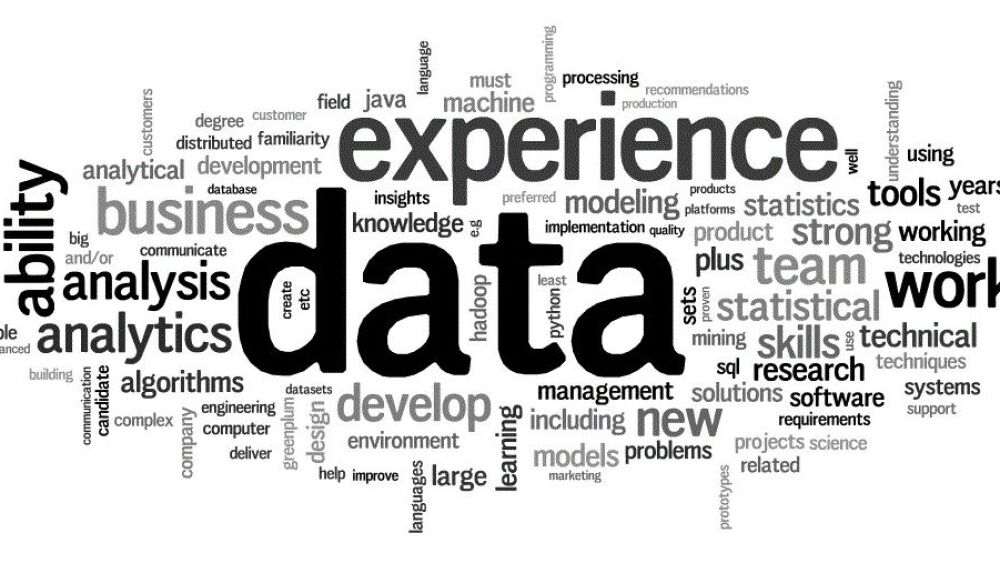CIO REVIEW
By Neil Silbert
What makes big data come alive? According to Neal Silbert, president of National IT Research Inc., it’s the IT department. He makes six key points about the realities of IT extracting the value of big data.
#1 Solutions for Every Problem
Even insurance, an industry that relies on data, is being asked and asking how big data can improve resilience and reduce costs.
#2 IT Can Feel Like a Fish Out of Water
IT specialists do not always have the statistical knowledge, background and training to perform statistical analysis. City data does not follow solution strategies, architectures and design patterns.
Many traditional IT assumptions, such as reliance on the business user to explain what data is important – don’t hold with big data, which is an exploratory process,” according to Silbert.
However, IT’s role is critical to extracting value from city data.
#3 Big Data Challenges Traditional IT Strategies
IT interviews stakeholders, examines business processes and documents rules and information. But, “the power of big data is in finding the seldom seen correlations and insights that are not readily available without deep analysis,” wrote Silbert.
The traditional enterprise data strategies can’t keep up with the rate of change new attribute analyses require.
#4 Big Data Evolves in Stages
When city data findings become high value inputs for ongoing business decisions, that’s when big data comes alive. But first, analyzing data is done through hypotheses testing following this process:
1. Analytic output
2. Proven insights
3. Critical guidance for business decisions
4. Automated guidance integrated into business processes
#5 Partnering with Data Analytics is Essential
Data analysis requires a city’s ability to store and ingest enormous amounts of information. IT can partner with analytics teams to build out big data storage systems, establish standardized architectures and build structured data flows and educate teams on applications management and deployment that apply to systems and analysis.
#6 Deployment of City Data Insights
Lack of end-to-end deployment capabilities can delay deployment of insights from two months to over a year.
The deployment of an analytics managed business intelligence (BI) environment that draws upon analyses from the data lake can address deployment concerns. Additional staged versions of the BI environment would be required to separate development, test and deployment stages.












